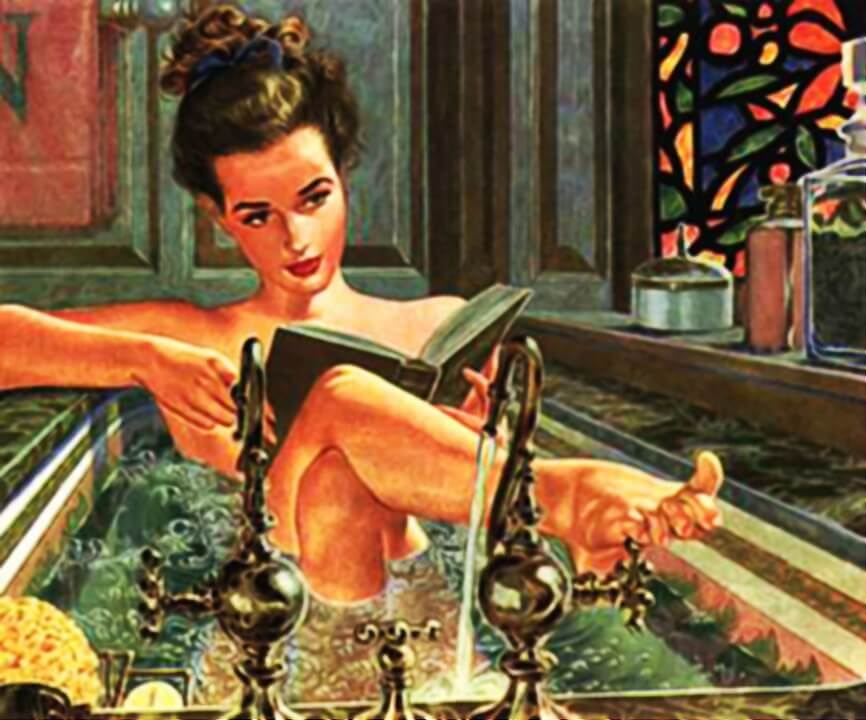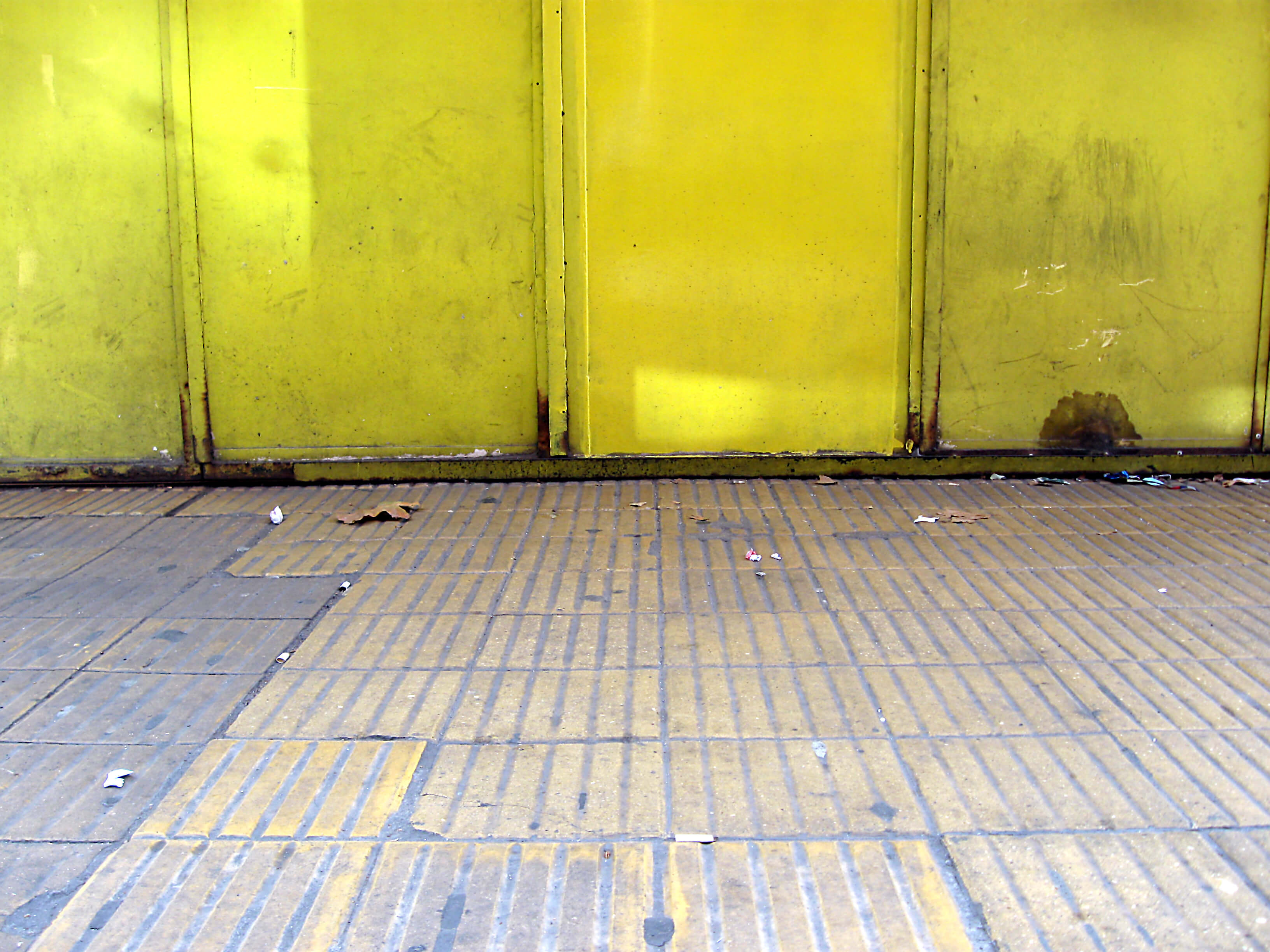
Why A Freestanding Tub Offers Rest & Relaxation
One of the oldest types of bathtub is the freestanding bathtub. This is a tub that’s not attached to or surrounded by a wall or an enclosure. Because of this, the freestanding bathtub like those offered at Izzibath can be placed nearly anywhere in the bathroom.
A freestanding bathtub is often deep and long, which makes it perfect for soaking. Some of these tubs have a sloped end which supports the bather’s back. They are called slipper tubs because their shape resembles the comfortable footwear. Other freestanding tubs are oval, rectangular or bowl-shaped. They can be American or European style depending on their plumbing. In American style tubs, holes for the faucet are drilled into the tub itself. European style tubs have a drain and an overflow hole but do not have holes to accommodate a faucet.
A freestanding spa bath may not have the swirling, bubbling water found in a Jacuzzi, but its depth makes it ideal for soaking. Placing this tub in a large, airy bathroom full of natural light, surrounded by potted plants and scented candles can create a mini-vacation.
 Freestanding tubs can be supported by traditional Victorian claw feet, pedestals or short legs. They are made of a great variety of materials, including stone, stone resin, acrylic and porcelain enamel on steel or cast iron. Others are sculpted out of fiberglass or weathered copper. Some are even made of exotic woods like teak or mahogany, which can withstand moisture without swelling or warping.
Freestanding tubs can be supported by traditional Victorian claw feet, pedestals or short legs. They are made of a great variety of materials, including stone, stone resin, acrylic and porcelain enamel on steel or cast iron. Others are sculpted out of fiberglass or weathered copper. Some are even made of exotic woods like teak or mahogany, which can withstand moisture without swelling or warping.
Fiberglass is one of the least expensive materials. A freestanding tub made of fiberglass is lightweight, which makes it easy to install.
Porcelain enamel is a bit pricier than fiberglass, but when it is fused to a metal shell, it retains heat well and is quite long lasting.
Like fiberglass, acrylic tubs are not expensive. Acrylic tubs resist chips, cracks, stains, peeling, and fading.
Granite, slate, limestone and marble are the most commonly used types of stone for a freestanding bathtub. They are all very durable and uniquely beautiful. Bits of mica found in the stone make them sparkle where the light hits them.
Copper tubs acquire a beautiful patina over time. All the homeowner has to do is gently clean the metal from time to time. A bit more elbow grease is needed to maintain the familiar, copper-colored brilliance.
A freestanding tub is a focal point in a bathroom. With care, it can last for years without maintenance and offers members of the household a place of rest and relaxation at the end of a long day.




